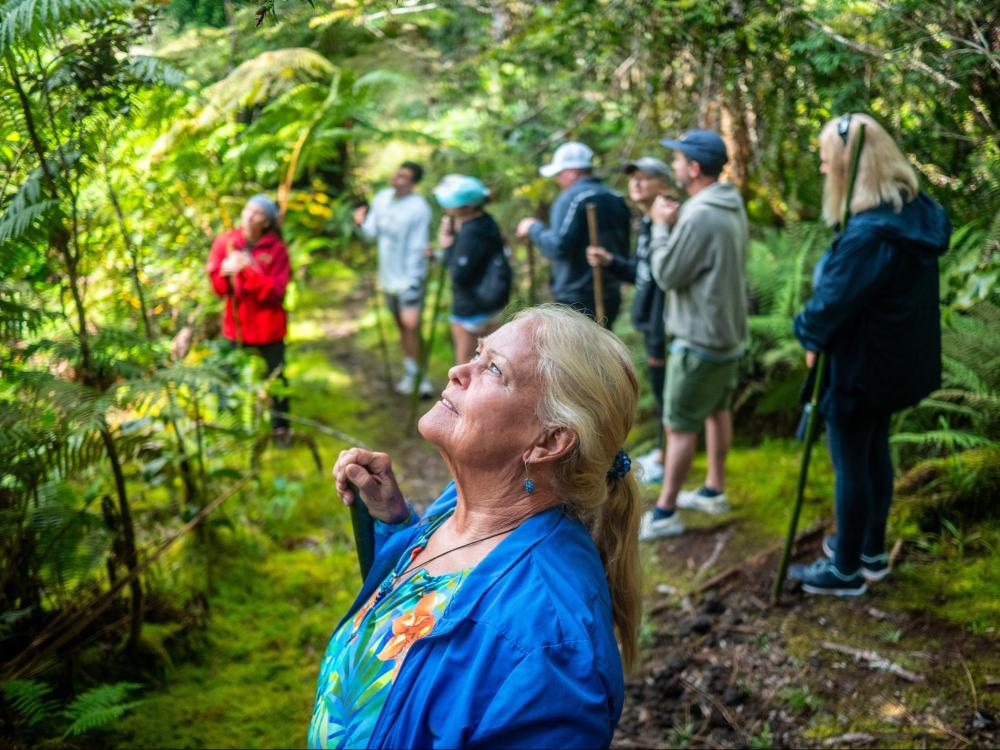Biophilia: Why Humans Feel Whole in Nature

Why do we feel calmer by the ocean, restored in the forest, and inspired under the stars? The answer lies in biophilia — our innate, evolutionary bond with the natural world. Understanding this connection can transform not only how we travel and design our spaces but also how we heal.
What is Biophilia?
Coined by biologist E.O. Wilson, biophilia describes humanity’s instinctive connection to nature and living systems. It’s the reason natural settings feel “right” to us.
For millennia, humans depended on the land for survival. Our brains evolved to respond positively to signs of water, greenery, and safe shelter. Even today, nature cues lower our stress and sharpen our focus.
Each environment taps into our deepest instincts of awe, safety, and belonging.

The Vanishing Childhood in Nature
In just the last 20 years, children’s playtime outdoors has declined by almost 50%. Screens, urban sprawl, and tightly structured schedules have edged out hours once spent climbing trees, chasing fireflies, and inventing worlds in the woods. The cost is more than nostalgia: studies show that kids who spend time outside develop stronger immune systems, better focus, lower anxiety, and a deeper sense of creativity. In contrast, the absence of nature correlates with higher rates of ADHD, depression, and social disconnection.
Nature is more than a playground for children — it is their first and most profound teacher. When a child watches a butterfly emerge from a cocoon, they are witnessing resilience. When they sit under a storm-bent tree that still stands, they learn strength.
In nature, kids find metaphors that the classroom cannot always provide: death and rebirth, harmony amidst chaos, the beauty of symbiosis. And those lessons are not just for children.

Nature as Mirror
When we arrive in nature, we meet a mirror. Sit by a river, and its flow reminds you of ease and surrender. In that presence, the chatter of office stress, endless to-do lists, and social comparison can suddenly feel louder, more misplaced. We notice where we are holding tight because nature holds everything loosely.
And in their company, we remember a truth our modern world often obscures: we are whole not because we accomplish, but because we exist — woven into the same fabric as the waves, the trees, and the wind.

Biophilia in Modern Science
Research shows exposure to natural environments improves mood, reduces blood pressure, and enhances creativity. Hospitals designed with natural elements even report faster patient recovery.
Offices with plants see higher productivity, while children who play outdoors demonstrate better focus and resilience. Even a simple window with a view of trees can shift how we feel in a space — proof that our nervous systems are wired to seek out nature.
